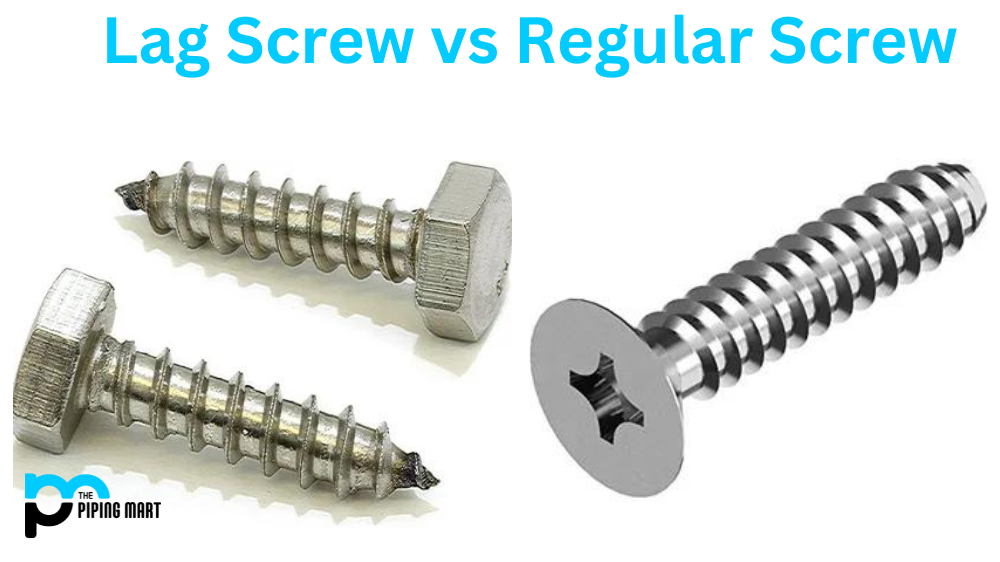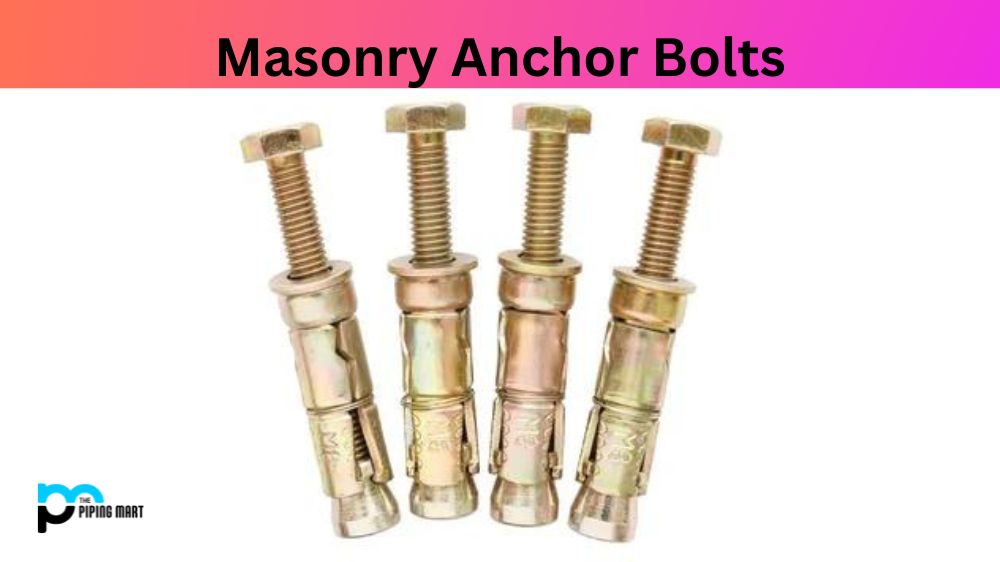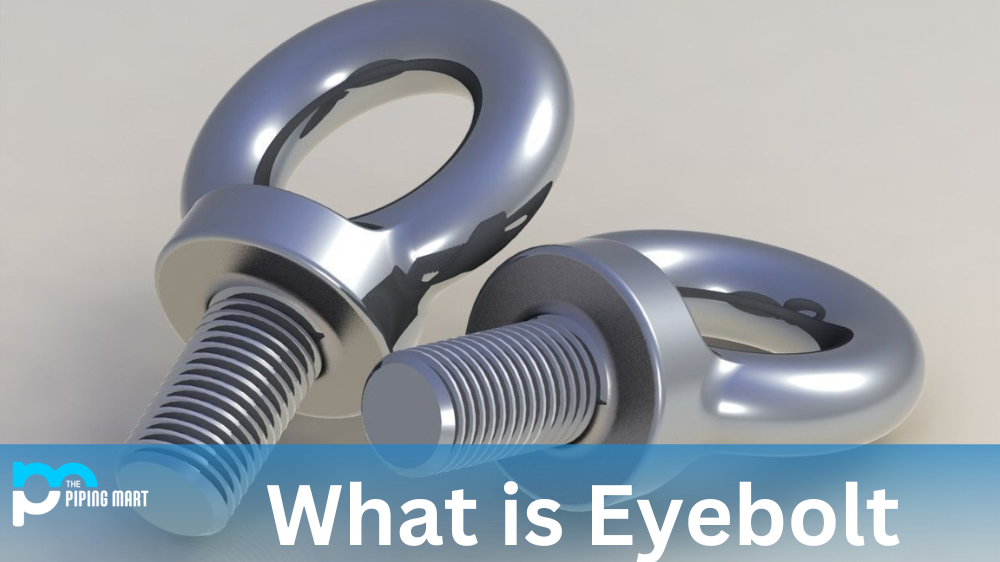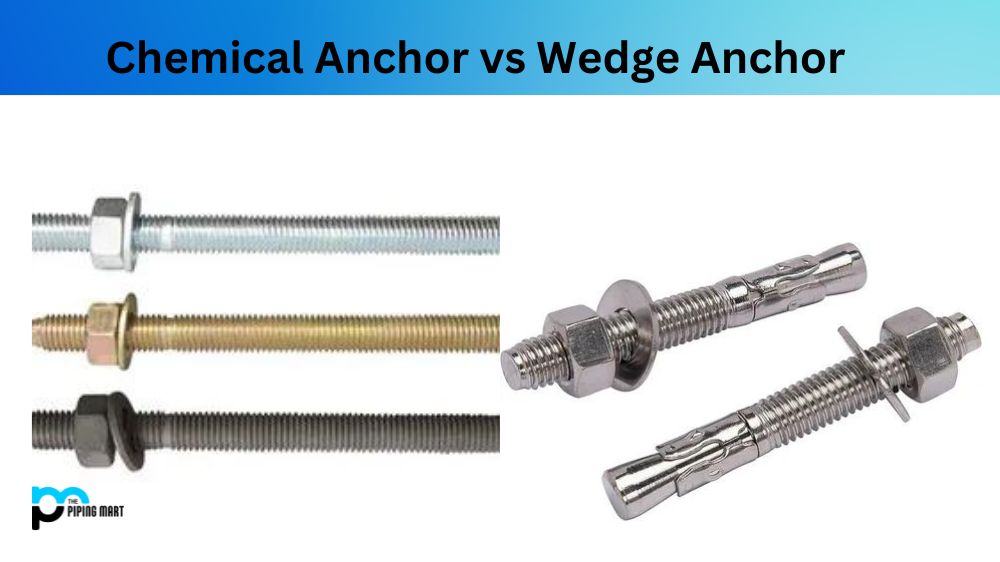If you plan on starting a DIY project at home, you must decide what hardware to use to secure your materials together. Two of the most popular options are lag screws and regular screws. Both can be used for various projects but have different features and benefits depending on the project. In this blog post, we’ll take a closer look at lag screws and regular screws to help you decide which is the best option for your project.
What is Lag Screw?
Lag screws are also known as lag bolts. They’re large screws with a pointed tip meant to dig into wood, making them ideal for projects needing a secure hold. Their threads are much more profound than regular screws, which makes them sturdier. They come in various sizes and lengths and are perfect for larger DIY projects like decking, shed, or treehouse building. Using lag screws can lessen the risk of your structure bending, breaking, or falling apart.
What is Regular Screw?
Regular screws, on the other hand, have a blunt tip and are thinner than lag screws. Their threads are not as deep, so they’re less potent than lag screws. They are usually used for smaller indoor projects like assembling furniture or hanging picture frames. However, they come in different types, such as wood screws, drywall screws, and sheet metal screws. Each type of screw is designed for a specific surface and material to ensure that it secures everything tightly.
Difference Between Lag Screw and Regular Screw
Choosing the Right Screw for Your DIY Project
The first thing you need to consider when choosing between lag screws and regular screws is the size of your project. If you’re building something significant, you’ll need a stronger hold. In this case, lag screws may be the best option. On the other hand, if you’re working on a smaller project that doesn’t need as much hold, then regular screws would be ideal. It’s also important to consider the material you’re working with. If you’re assembling wood or other rigid materials, lag screws are better for a stronghold. However, if you’re attaching thin materials like sheetrock, regular screws are easier to work with.
How to Use Lag and Regular Screws
- Start by choosing the right size and material for the job.
- Ensure you drill a pilot hole before inserting the screw, as this will prevent the wood from cracking.
- Insert the screw through the material that needs to be fastened and into the other material.
- Tighten it with a screwdriver or drill until entirely flush with the material.
- Remember, using the correct type of screw is vital to ensure your project is securely attached.
Other Differences
- A lag screw is a type of screw that is used to secure two pieces of wood together.
- A regular screw is a type of screw that is used to connect two pieces of metal or plastic together.
- Lag screws are longer and thicker than standard screws.
- Lag screws are typically used in outdoor applications, while standard screws can be used indoors and outdoors.
- Lag screws are more expensive than traditional screws.
- Lag screws are more likely to strip out than conventional screws.
- Lag screws are more difficult to remove than conventional screws.
- Lag screws are not recommended for use in softwoods.
Conclusion
Choosing between lag and regular screws can be challenging, but it ultimately comes down to the size of your project and the materials you’re working with. Lag screws are ideal for large projects or areas that require a strong hold, while regular screws work well for smaller projects or thinner materials. Regardless of your choice, using the correct size and type of screw is critical to ensuring your project stays together and lasts a lifetime.

Abhishek is a seasoned blogger and industry expert, sharing his insights and knowledge on various topics. With his research, Abhishek offers valuable insights and tips for professionals and enthusiasts. Follow him for expert advice on the latest trends and developments in the metal industry.




